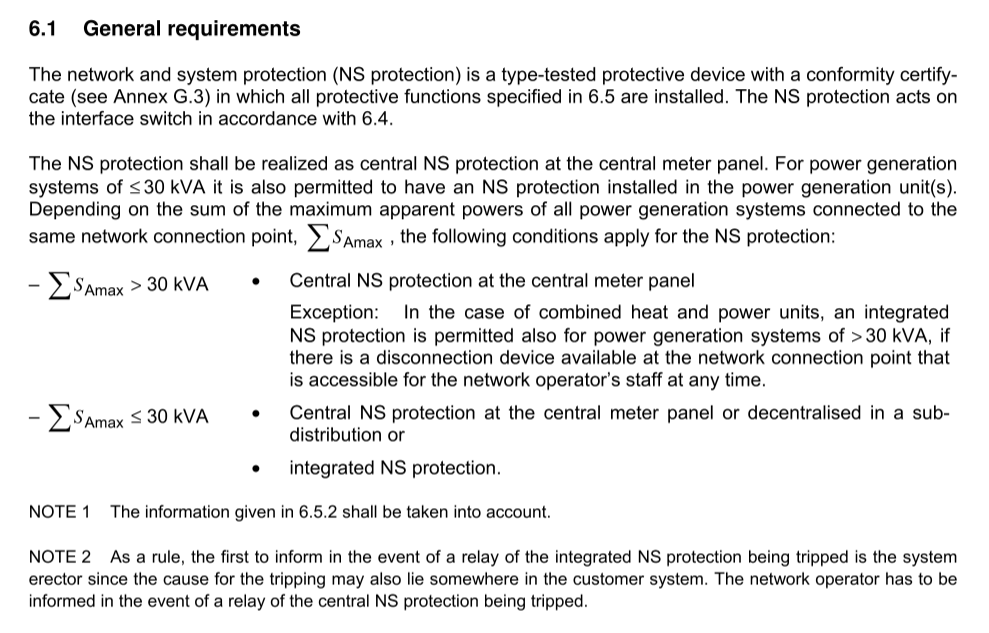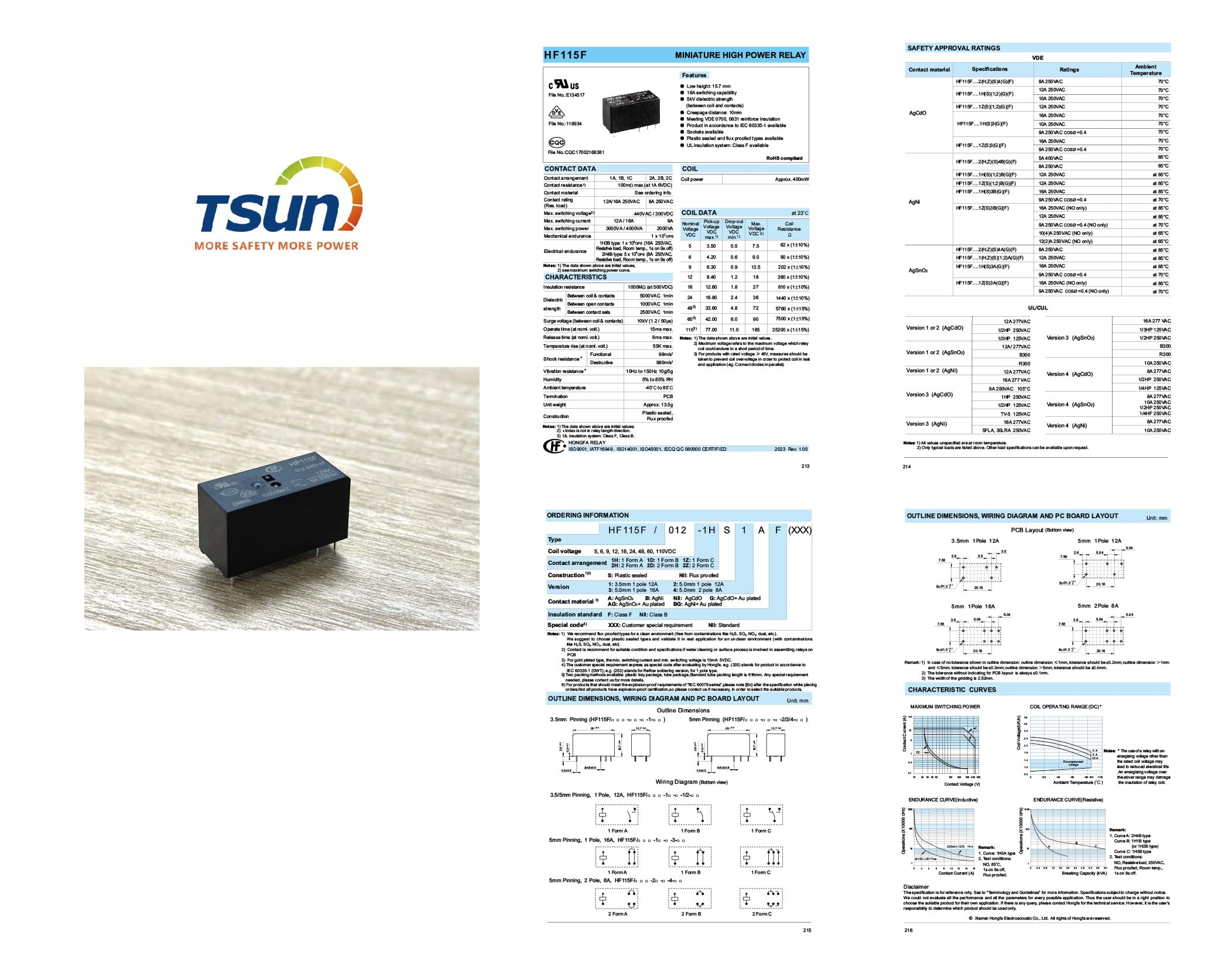 En savoir plus
En savoir plus2.0 Produit
Micro-onduleur
-
Micro-onduleur TITAN
- Micro-onduleur TITAN 2250W-3000W
-
Micro-onduleur GEN3 Plus (Chaînage en série)
- Micro-onduleurs 4-en-1 1600W-2000W
-
Micro-onduleur GEN3 (Chaînage en série)
- Micro-onduleurs 2-en-1 600W-1000W Micro-onduleur 1-en-1 300W-500W
-
Micro-onduleur GEN3 Plus (Balcon)
- Micro-onduleur 4-en-1 pour balcon 1600-2000W
-
Micro-onduleur GEN3 (Balcon)
- Micro-onduleur 2-en-1 pour balcon 600-1000W Micro-onduleur 1-en-1 pour balcon 300-500W
Easy Solar Kit
-
Accrochez au balcon (DIY)
- ESK Balcon Air Vertical ESK Balcon Air Incliné ESK Balcon Vertical ESK Balcon Incliné
-
Sur le sol (Prêt à l’emploi)
- ESK Pop-Up
-
Tous les scénarios (DIY)
- ESK Universal ESK Transformer
Système de Stockage d’Énergie
-
Unité couplée en courant continu
- DCU1000
-
Unité de stockage hybride
- Unité de stockage hybride
-
Unité couplée en courant alternatif
- Unité couplée en courant alternatif
- Micro-onduleur TITAN
-
Micro-onduleur TITAN 2250W-3000W
Entrée DC 18,5A, sortie AC jusqu'à 3000W
- Micro-onduleur GEN3 Plus (Chaînage en série)
-
Micro-onduleurs 4-en-1 1600W-2000W
Entrée DC 16A, sortie AC jusqu'à 2000W
- Micro-onduleur GEN3 (Chaînage en série)
-
Micro-onduleurs 2-en-1 600W-1000W
Entrée DC 14A, sortie AC jusqu'à 1000W
-
Micro-onduleur 1-en-1 300W-500W
Entrée DC 14A, sortie AC jusqu'à 500W
- Micro-onduleur GEN3 Plus (Balcon)
-
Micro-onduleur 4-en-1 pour balcon 1600-2000W
Entrée DC 16A, sortie AC jusqu'à 2000W
- Accrochez au balcon (DIY)
-
ESK Balcon Air Vertical
Applicable pour le balcon
-
ESK Balcon Air Incliné
Applicable pour le balcon
-
ESK Balcon Vertical
Applicable pour le balcon
-
ESK Balcon Incliné
Applicable pour le balcon
- Sur le sol (Prêt à l’emploi)
-
ESK Pop-Up
Applicable pour sol plat
- Micro-onduleur hybride
-
Micro-onduleur hybride MH2000
Entrée DC 16A, sortie AC 2000W
- Unité couplée en courant continu
-
DCU1000
Entrée DC 15A, sortie DC 800W
- Unité de stockage hybride
-
Unité de stockage hybride
HSU
- Unité couplée en courant alternatif
-
Unité couplée en courant alternatif
ACU
- Compteur intelligent
-
Compteur intelligent
Wi-Fi intégré
- Compteur de puissance
-
Compteur de puissance
RS485/CT intégré
3.0 Solution

Système connecté au réseau--ESK
TSUN offre une grande polyvalence aux utilisateurs finaux en proposant plusieurs options adaptées à leurs besoins et en permettant des configurations diversifiées grâce à des micro-onduleurs solaires avancés et puissants.
 En savoir plus
En savoir plus
Système de stockage -- DCU & ESK
L'unité couplée en courant continu (DCU) est un système de stockage plug-and-play conçu pour les utilisateurs finaux. Connectée entre les modules solaires et le micro-onduleur de balcon, la DCU peut stocker l'excès d'énergie électrique dans la batterie et la décharger lorsque nécessaire. Cette solution, composée de modules solaires, de la DCU et du micro-onduleur de balcon, est généralement utilisée comme une solution de micro-stockage d'énergie pour les petits foyers, les balcons conventionnels, les cours, les abris de voiture familiaux et d'autres scénarios plug-and-play.
 En savoir plus
En savoir plus
Système de stockage -- Micro-onduleur hybride & ESK
L'onduleur hybride est l'un des composants clés du système de stockage plug-and-play conçu pour les utilisateurs finaux. Connecté entre les modules solaires et la batterie, l'onduleur hybride peut charger l'excès d'énergie électrique dans la batterie et la libérer lorsque nécessaire. Cette solution, composée de modules solaires, d'un onduleur hybride et d'une batterie, est généralement utilisée comme solution de stockage d'énergie pour les petits foyers, les balcons conventionnels, les cours et les familles.
 En savoir plus
En savoir plus
Système de stockage -- HSU & ESK
L'unité de stockage hybride (HSU) est l'un des composants clés du système de stockage plug-and-play conçu pour les utilisateurs finaux. La HSU peut stocker l'excès d'énergie électrique dans la batterie et la libérer lorsque nécessaire. Cette solution, composée de modules solaires et de la HSU, est généralement utilisée comme solution de stockage d'énergie pour les petits foyers, les balcons conventionnels, les cours, les abris de voiture familiaux et d'autres microsystèmes.
 En savoir plus
En savoir plus
























 Téléchargements
Téléchargements  Centre de Vidéos
Centre de Vidéos  Signaler un problème pour réparation
Signaler un problème pour réparation  FAQS
FAQS  Réseau de Services
Réseau de Services  Politique de confidentialité
Politique de confidentialité  Contactez-nous
Contactez-nous Surveillance
Surveillance










